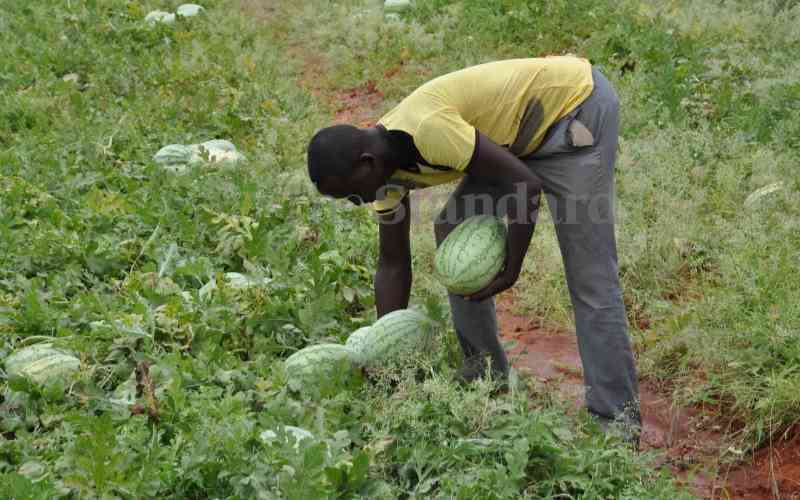×
The Standard e-Paper
Home To Bold Columnists

It is ironical that Tana River County produces a lot of food yet thousands of residents are hit by drought and hunger every year.
When the government introduced irrigation farming in two settlement schemes in Tana North Sub County, between 1953 and 1978, there was hope that it would alleviate hunger.